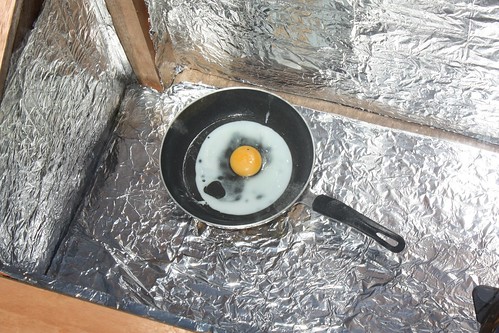Visit A Giant Wind Turbine on a Wind Farm! | Caitie's Classroom Field Trip | Science For Kids
Alternative Energy Tags: Caitie's, Classroom, Farm, Field, Giant, kids, Science, Trip, TURBINE, Visit, WindNo Comments »
Did you know that we can create electricity using the wind? Caitie takes us to a Wind Farm where we get to see just how the wind turbines spin and why this renewable resource is so important for having clean air to breathe and clean land to live on.
CONNECT WITH CAITIE
► Caitie’s Instagram: https://bit.ly/3oPxBhy
► Caitie’s Classroom Facebook: https://bit.ly/3cEf2qU
Caitie’s Classroom is now a SERIES! Watch the full 22-minute episodes here:
► https://bit.ly/3nUR4y8
PARENTS AND TEACHERS: Thank you so much for watching Super Simple with your families and/or students. If your young ones are watching without supervision, we recommend some of the following viewing options:
► SUPER SIMPLE APP — http://bit.ly/SuperSimpleApp
Be the first to watch new Super Simple videos in the Super Simple App! Ad-free and designed for young learners.
► YOUTUBE KIDS — http://bit.ly/You-Tube-Kids
Designed to make it safer and simpler for young ones to watch online videos, YouTube Kids includes a suite of parental controls so you can tailor the experience to suit your family’s needs.
► AMAZON VIDEO
Are you an Amazon Prime member? Watch Super Simple videos ad-free on Amazon Prime Video. Just search for “Super Simple.”
FREE TEACHING RESOURCES FROM SUPER SIMPLE: http://bit.ly/SSFree-Resources
SOCIAL MEDIA:
► Caitie’s Instagram: https://bit.ly/3oPxBhy
► Caitie’s Classroom Facebook: https://bit.ly/3cEf2qU
► Super Simple Newsletter Sign Up: http://bit.ly/SuperSimpleSignUp
► Super Simple’s Facebook: http://bit.ly/SuperSimpleFacebook
► Super Simple’s Instagram: http://bit.ly/SuperSimpleInsta
► Super Simple’s Twitter: http://bit.ly/SuperSimpleTwitter











